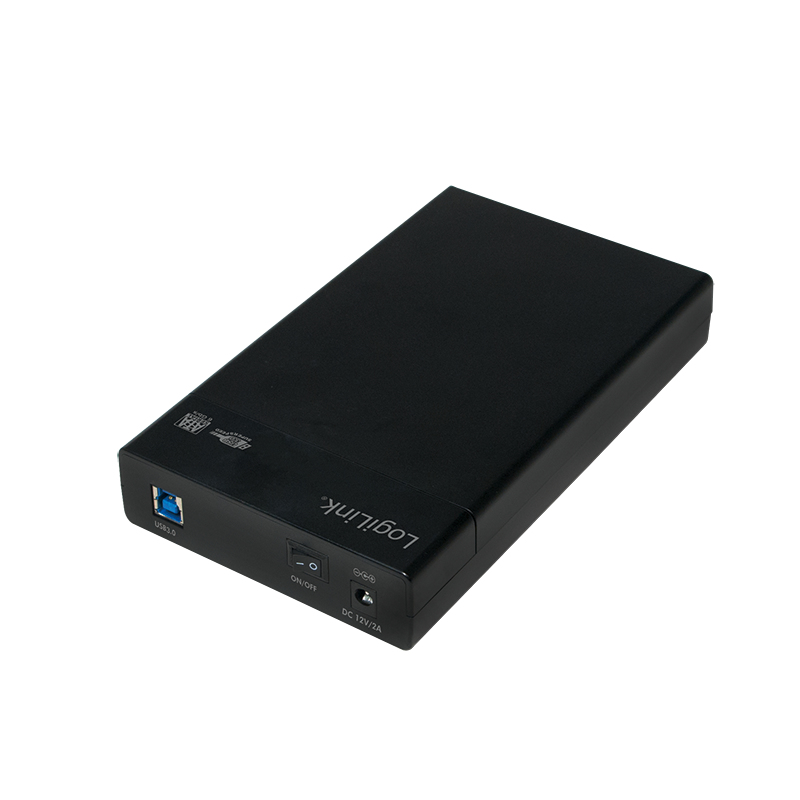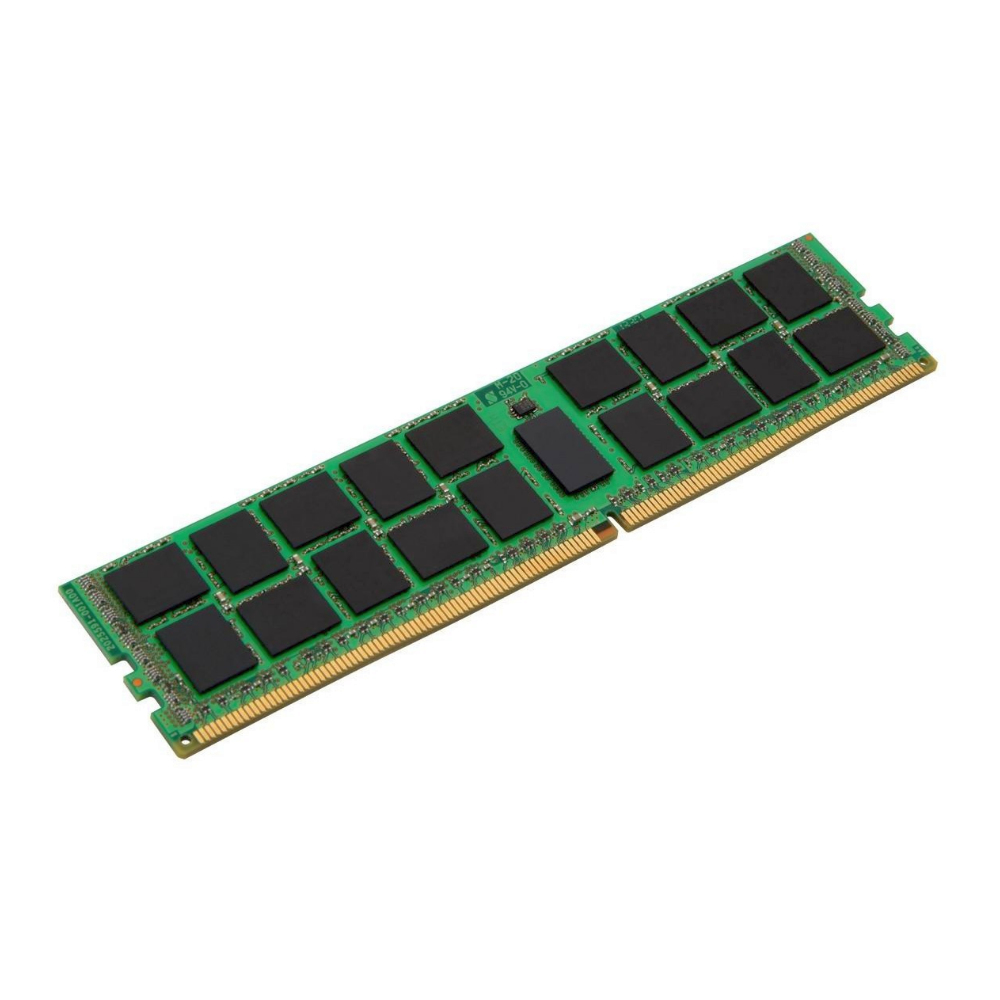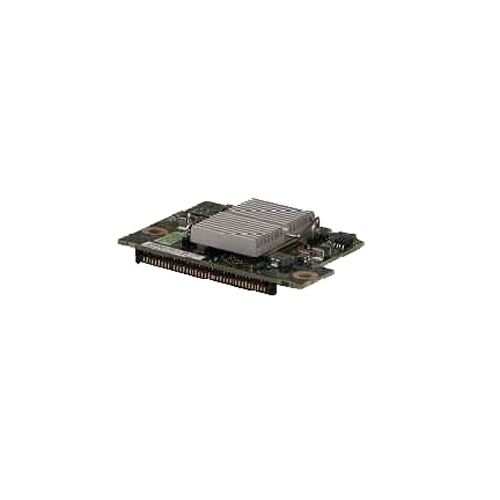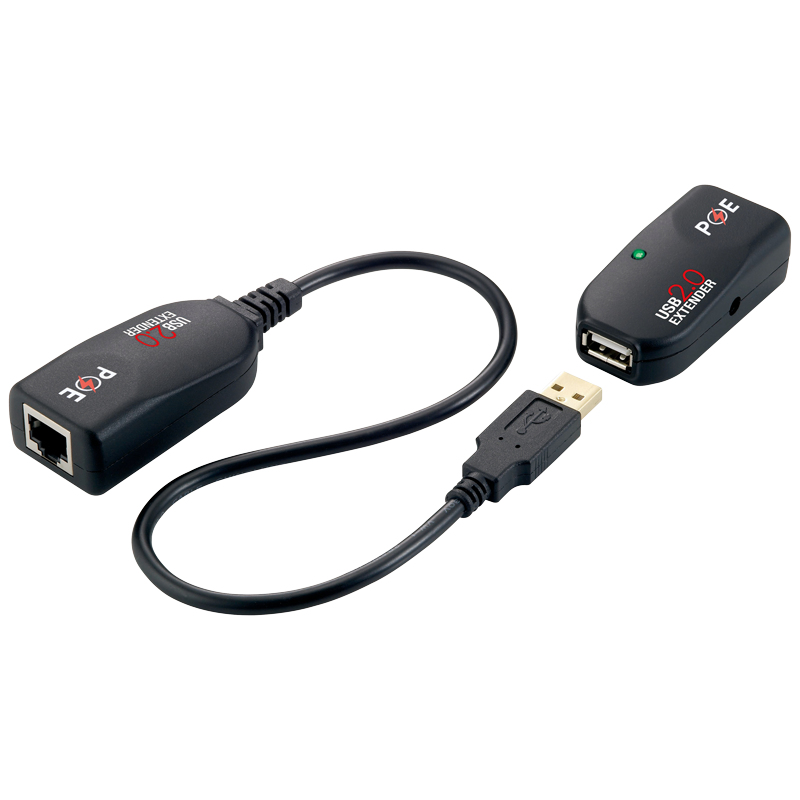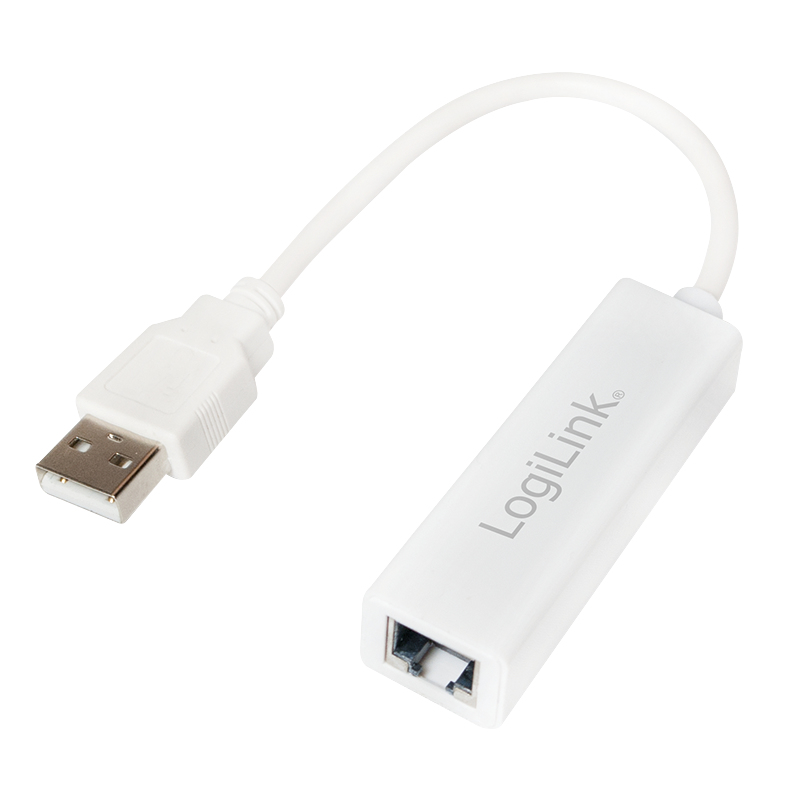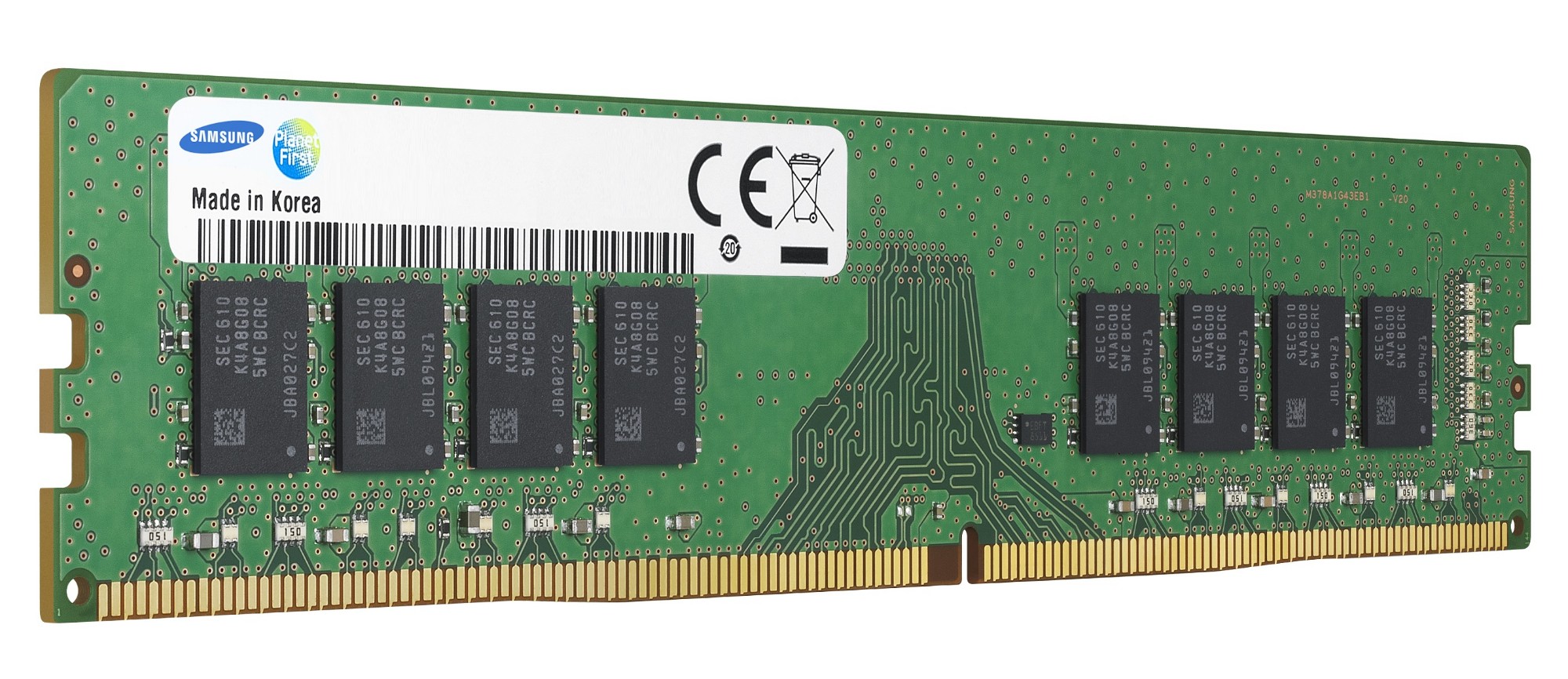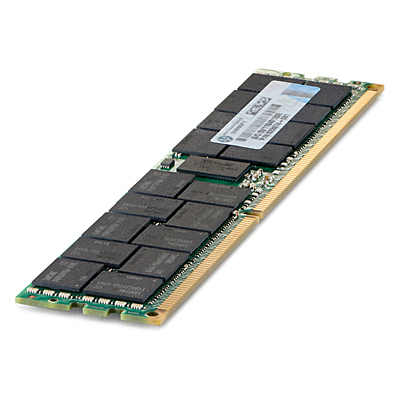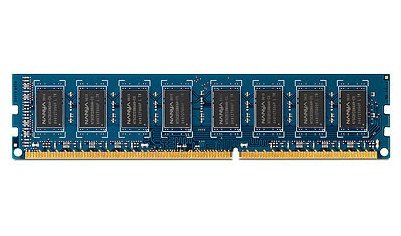Computer Components
4080 –
4090
of
4773
Availability
Sort by
Advance Filters
LogiLink
LogiLink UA0276 LogiLink USB 3.0 HDD Enclosure for 3.5" SATA HDD
Perfect protection for your SATA hard drive.- Compatible with 3.5" (8.89 cm) SATA 1.5G / 3G / 6G-Festplatten- Compatible with USB 3.0 (5 Gbps), USB 2.0 (480 Mbps), and 1.1 (12 Mbps)- Included external power supply 12V, 2A- With ON/OFF switch- Supports Windows 2000/2003/XP/Vista/7/8/10- Dimension: 190 x 115 x 33 mm- Weight: 160g
Part# UA0276
SKU S19454
Lenovo
Lenovo 46W0831 Lenovo 46W0831 memory module 16 GB DDR4 2400 MHz
Memory offerings let you upgrade your system's standard memory capacity to improve overall PC system performance. Adding additional memory is a cost-effective way to help boost your system's performance and enhance its ability to run more programs simultaneously.
Part# 46W0831
SKU S19454
DELL
DELL 540-11126 DELL 540-11126 network card Internal
DELL 540-11126. Internal. Connectivity technology: Wired, Host interface: PCI Express. Product colour: Green, Grey
Part# 540-11126
SKU S19454
LogiLink
LogiLink UA0144B LogiLink UA0144B network card Ethernet 100 Mbit/s
Part# UA0144B
SKU S19454
Samsung
Samsung M393A4K40BB2-CTD Samsung M393A4K40BB2-CTD memory module 32 GB DDR4 ECC
The memory ready to meet massively growing workloads.Every single day your servers need to process even more data, threatening your business with slow performance and higher operational costs.Samsung DRAM is designed to deliver dashing speed and to boast high capacity allowing more workloads to be completed while optimizing the total cost of ownership.
Part# M393A4K40BB2-CTD
SKU S19454
HPE
HPE 672631-B21 HPE 16GB (1x16GB) Dual Rank x4 PC3-12800R (DDR3-1600) Registered CAS-11 Memory Kit memory module 1600 MHz ECC
HP 16GB 2Rx4 PC3-12800R-11 Kit
Part# 672631-B21
SKU S19454
HPE
HPE 774172-001B-RFB HPE 16GB (1 x 16GB) Dual Rank x4 DDR4-2133 CAS-15-15-15 Registered memory module 1 x 16 GB 2133 MHz
Part# 774172-001B-RFB
SKU S19454
HPE
HPE 672612-081 Hewlett Packard Enterprise 672612-081 memory module 16 GB 1 x 16 GB DDR3 1600 MHz ECC
DIMM 16GB (1x16GB) Dual Rank x4 PC3-12800R (DDR3-1600) Registered CAS-11,RoHS
Part# 672612-081
SKU S19454
HPE
HPE 687465-001 HPE 16GB PC3-12800R memory module 1 x 16 GB DDR3 1600 MHz
- Maximize your business PC performance with HP Memory. Upgrading your memory is a cost-effective way to boost your system performance without having to upgrade your processor.- Expect fast start-up times with reduced delays during routine operations and system maintenance functions. Meet everyday workloads head on, and run more programs simultaneously. Easily toggle back and forth between several open applications with noticeable speed.- More programs running simultaneously.
Part# 687465-001
SKU S19454
Get a Quote

Item(s) added to cart

©2025 IT VISION NETWORKS CANADA INC – All Rights Reserved. BN: 717291223 OCN: 1001150813

 0
0
